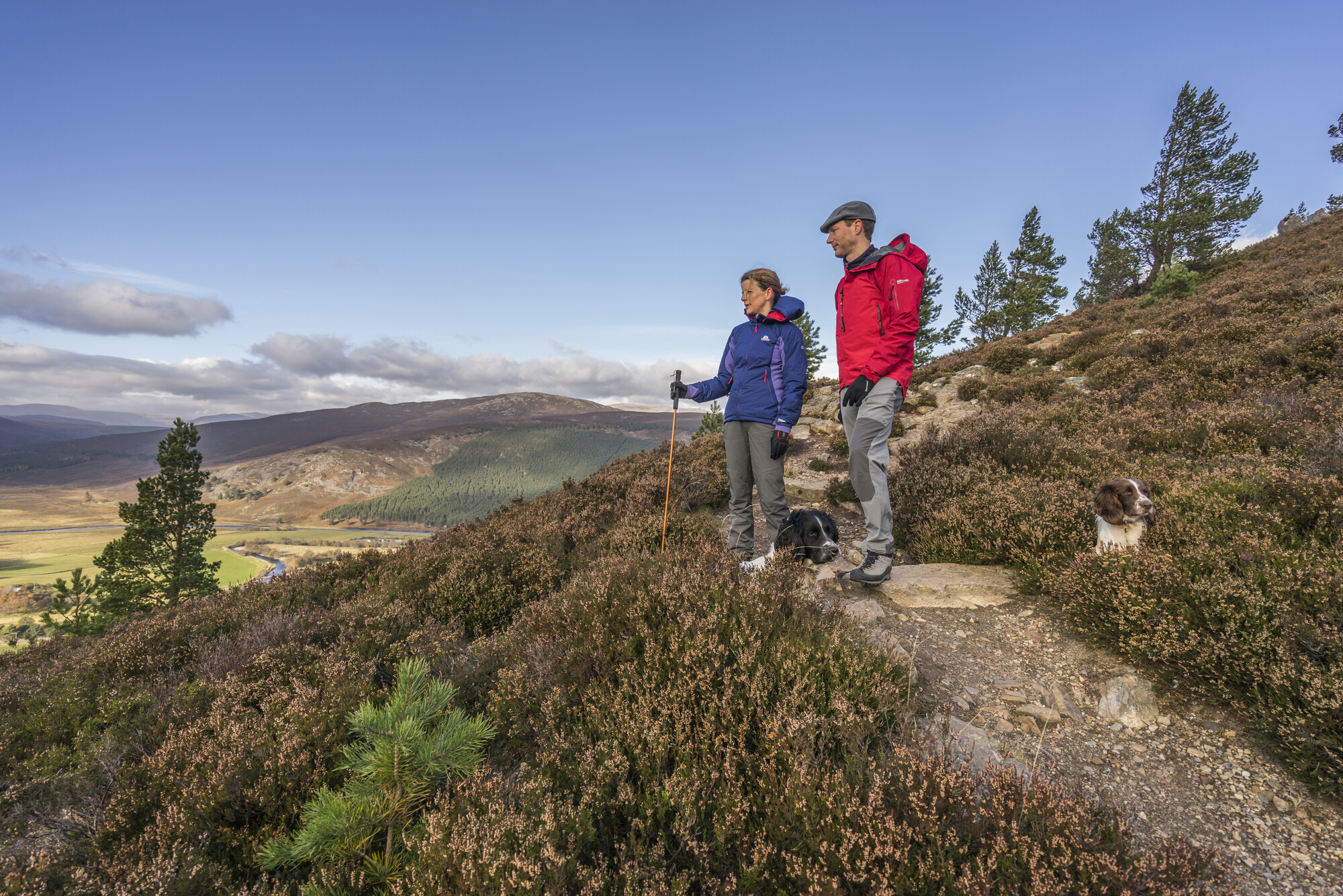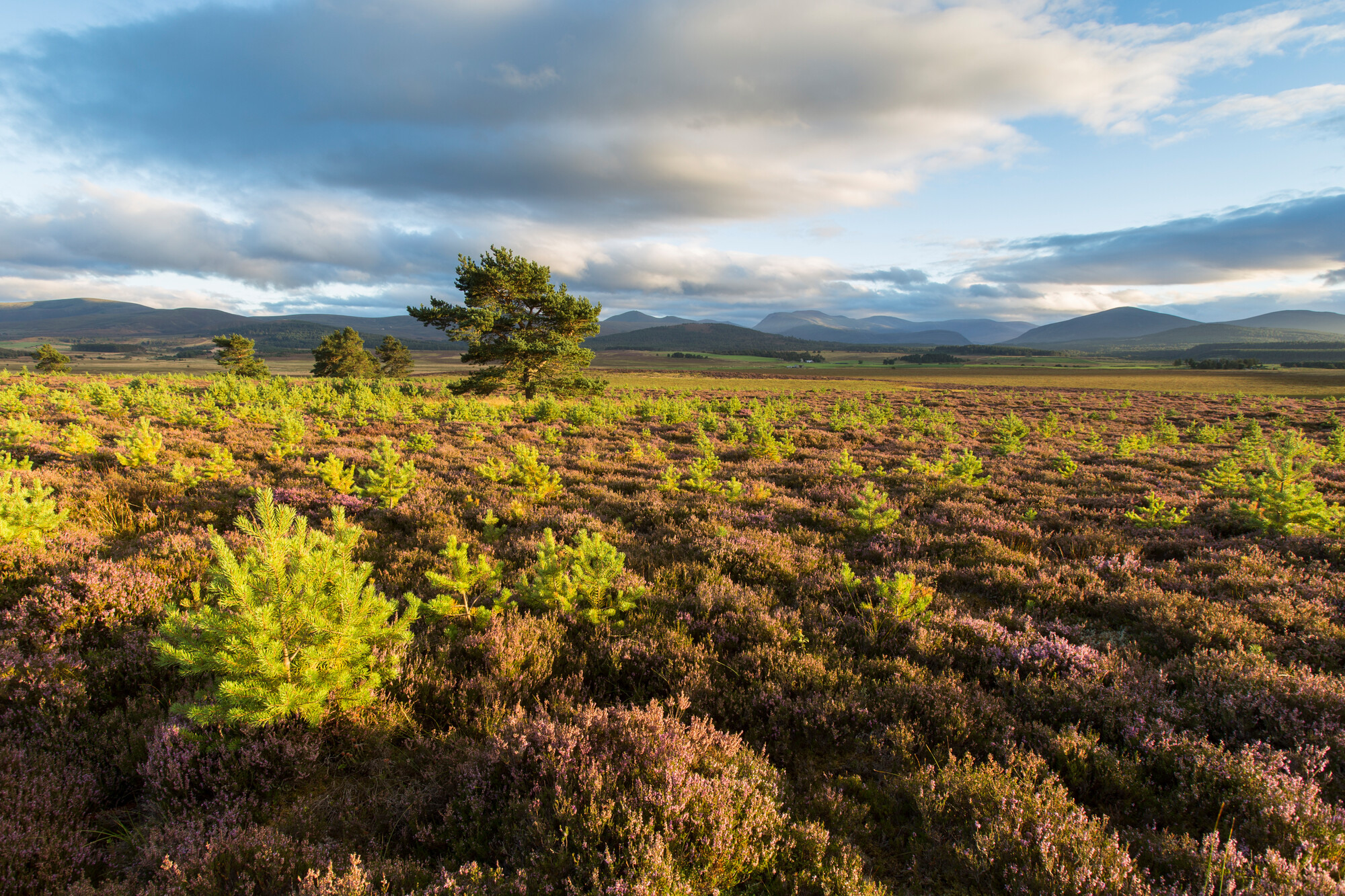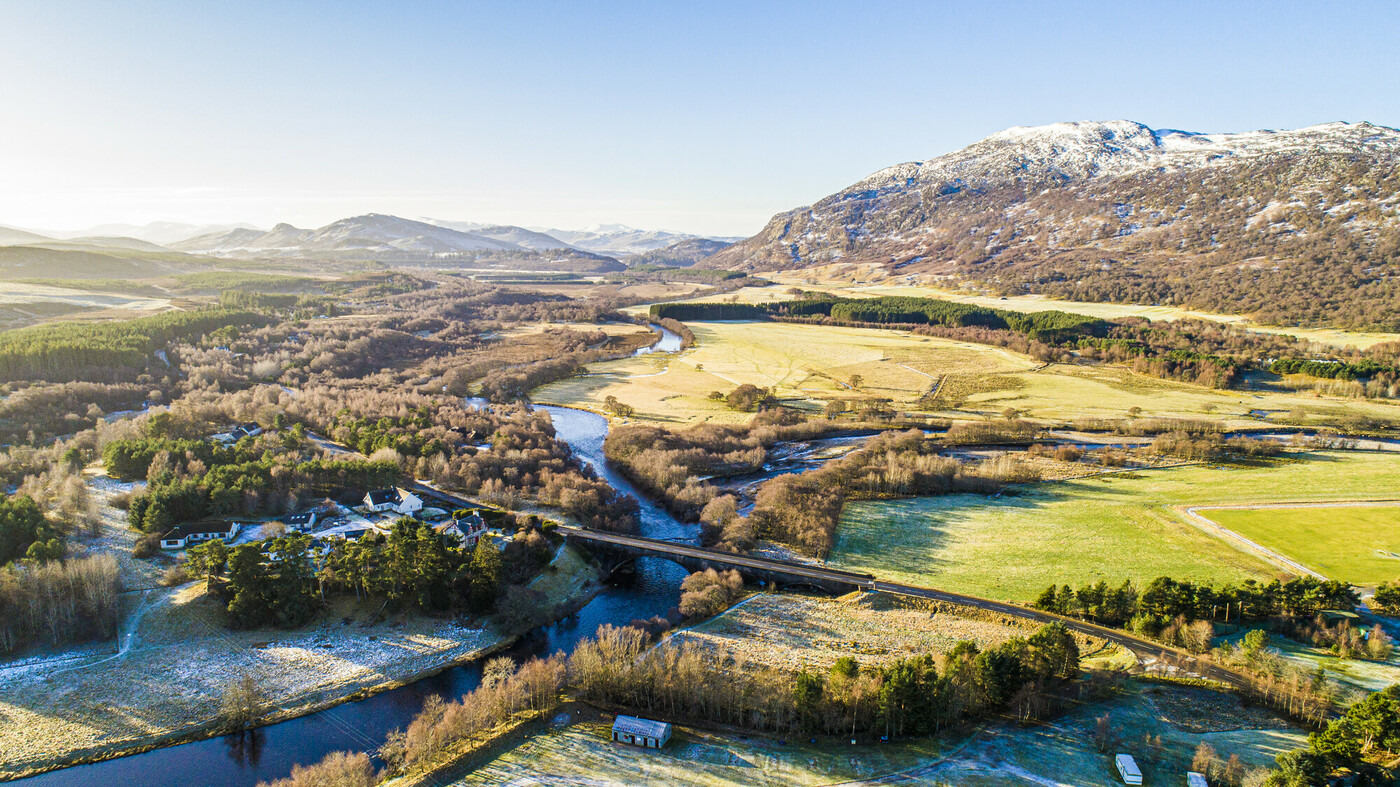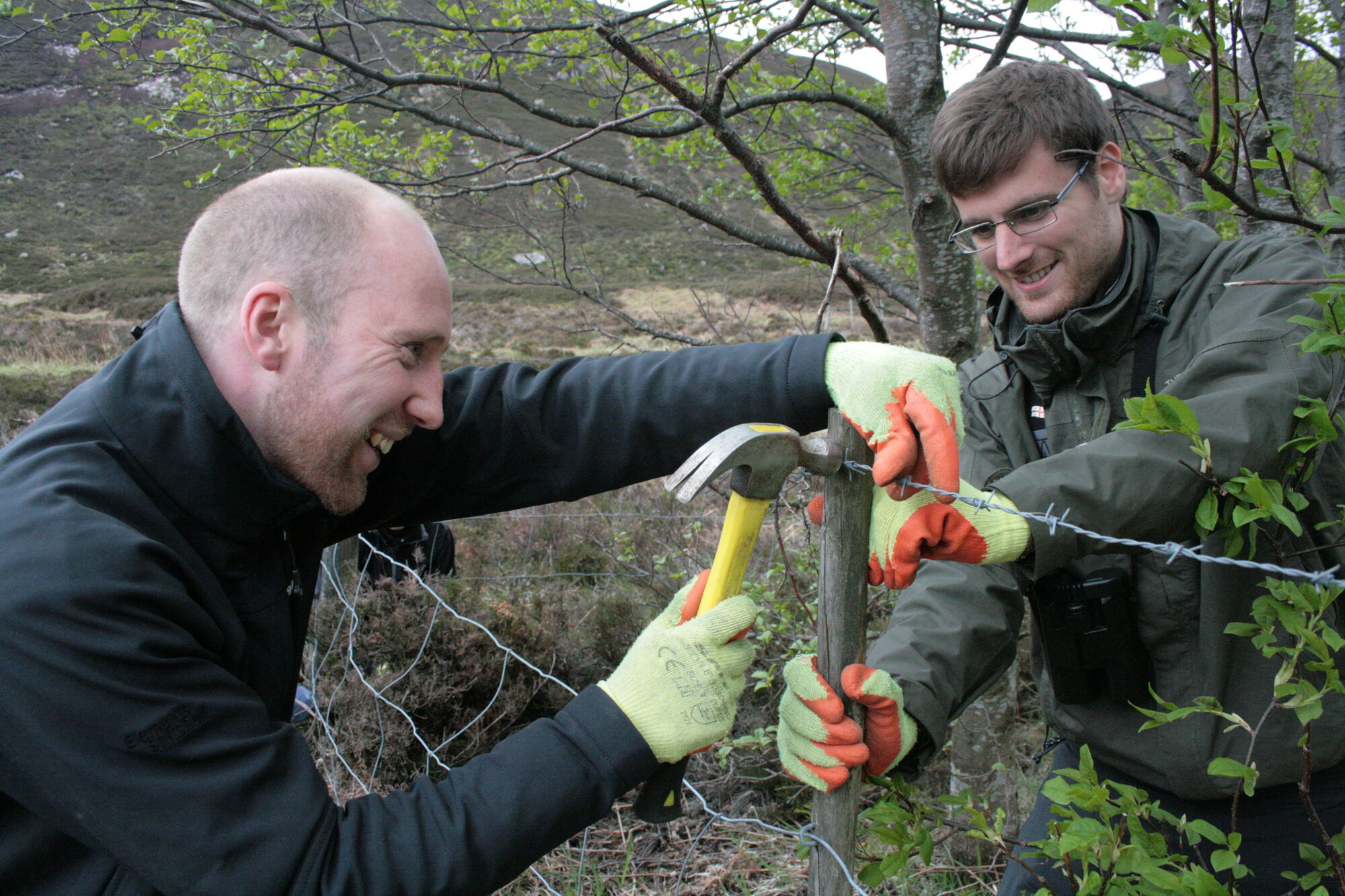New lek data reveals challenges for capercaillie
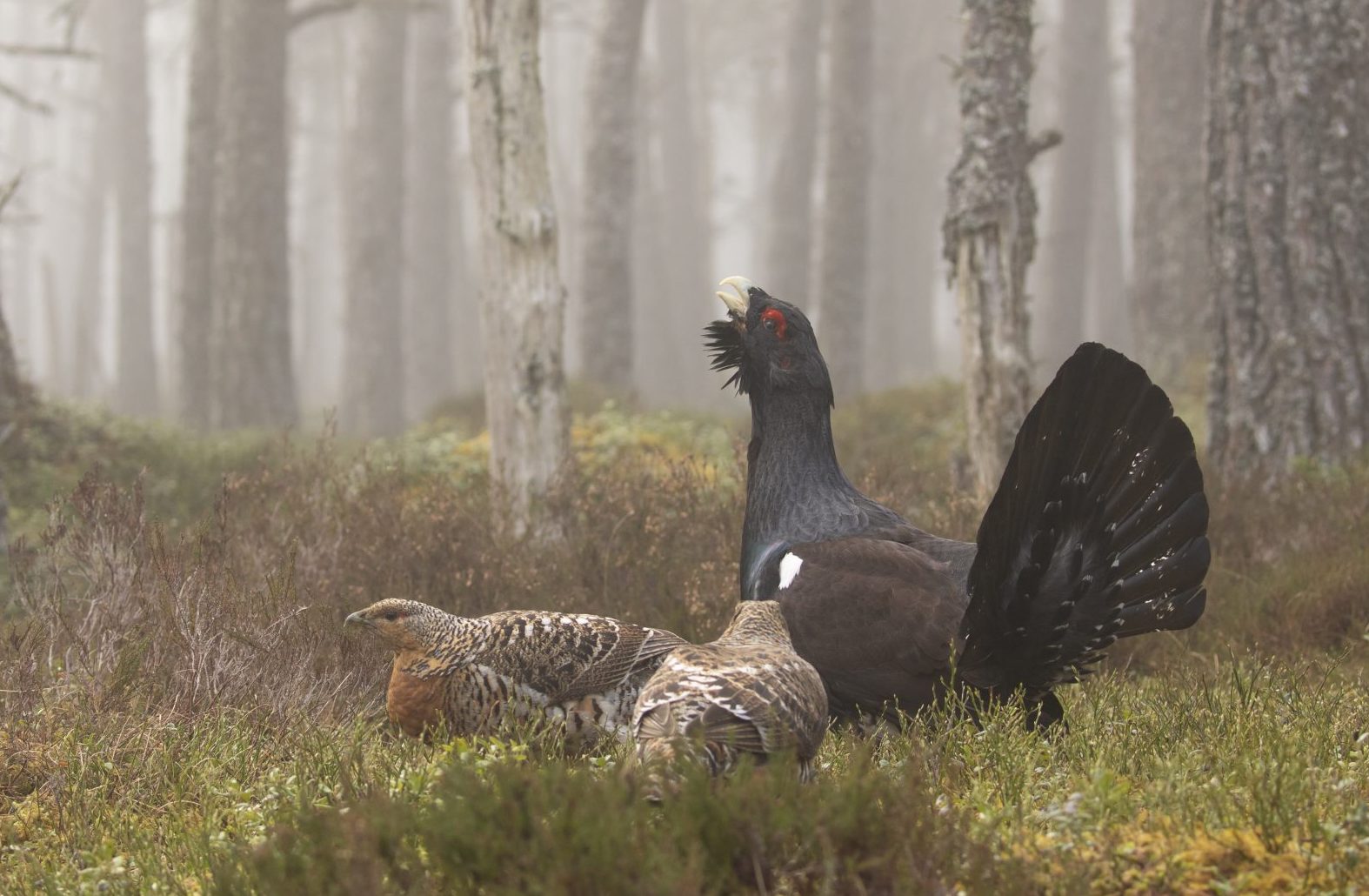
New lek data reveals challenges for capercaillie
New Scottish capercaillie lek data suggests that the capercaillie population is in decline and more needs to be done to build a future for the species, according to papers to go before the board of the Cairngorms National Park Authority next week.
Lek counts in Spring 2021 show a year by year decline from 230 male birds in 2015 to 150 in 2021, a 35 per cent decline in six years.
Factors affecting capercaillie include lack of habitat, low productivity, predation, collisions with unmarked fences, disturbance, climate change and possibly low genetic diversity in the remaining population. Many of these issues are faced by the species across Europe, where similar declines are being witnessed.
At the CNPA Board meeting next Friday (11 June), capercaillie feature in the organisation’s Strategic Risk Management and Monitoring Corporate Performance report as well as the Cairngorms Nature Action Plan 2019-2022 mid-term update. Both reports detail progress across a range of activities and projects in the Park.
Grant Moir, Chief Executive at the CNPA explained: “Capercaillie are a key species that indicate the health and connectedness of our native pine woodlands. They are also a good indicator of whether we have the right balance that allows people and nature to thrive together.
“Expert opinion in the 1990s was that the population trajectory for caper in Scotland would lead to extinction of the bird by around 2010. That did not happen and this shows that the work of various caper projects over those two decades had a real impact. However, declines in the last six years indicates that this bird remains at risk.
“While significant headway is being made in many areas of the Park Authority’s work and that of the Cairngorms Nature Partnership, conservation efforts for capercaillie are yet to come to fruition.
“However, I have met this week with our key partners to look at next steps and how the work on capercaillie ties in with wider biodiversity strategy work in Scotland. We will work together to develop a collective approach on a number of key issues relating to capercaillie and dovetail this with the ongoing work of the Cairngorms Capercaillie Project, which started its delivery phase in July 2020 to deliver a range of activities and actions.
“Never the less, the seriousness of the situation has resulted in capercaillie being moved from ‘amber’ to ‘red’ in the Cairngorms Nature Action Plan.”
The CNPA Corporate Plan (2018) and the Cairngorms Nature Action Plan (2019) set ambitious targets for capercaillie numbers, in full knowledge of the challenge posed by the complex and various factors impacting on the species. Lek count data from this Spring indicates that those targets will not be met, so the Park Authority, with the agreement of partners, is to flag capercaillie as red rated risk in its performance reporting documents
The full national capercaillie survey results are due in 2022 but work is currently underway to try to establish a more accurate picture of the capercaillie population in Scotland, including an analysis of lek and brood counts, a genetic assessment of the population, plus further population survey work due to be carried out this coming winter.
Dr Pete Mayhew, Director of Nature and Climate Change at the CNPA, commented: “A coordinated approach to tackling many of the issues facing the capercaillie is already underway through the Cairngorms Capercaillie Project. The project is building a good momentum, from innovative genetics and social science research to land management action and habitat improvements. Significant work is also taking place that involves geographical communities and communities of interest such as mountain bikers. It is, however, far too early for these efforts to have a demonstrable effect on the population as a whole.
“It’s also important to stress that the project was never designed to cover all of the issues affecting capercaillie breeding success and survival. We need to consider further, targeted action in collaboration with our many project partners.”
The Cairngorms Capercaillie Project was awarded £2million from the National Lottery Heritage Fund in July 2020 to deliver the activities and actions proposed during the Project’s development phase. The project is fostering a community led approach with local conservation action plans, habitat improvements, reducing disturbance on the ground, enhanced predator control in key areas and investigative work around genetic diversity. All of this work will help inform action going forward.
Alert
Latest from the National Park
Update on wildfire situation
Convener Sandy Bremner and Chief Executive Grant Moir have given an update on the ongoing wildfire situation.
Statement on wildfires
An update from Grant Moir, Chief Executive of the Cairngorms National Park Authority, on the ongoing wildfires in Moray and Highland.
New Nethy houses get green light
Meeting in Ballater, the Planning Committee approved applications for a development of 35 houses in Nethy Bridge and a floodplain restoration scheme on the River Dee.
Relevant alerts
-
As a result of ongoing efforts to tackle wildfires to the north of the Cairngorms National Park, several roads are currently closed. Scottish Fire and Rescue are in attendance and the public are advised to avoid the area, including footpaths. Road users are asked not to ignore road closed signs.
The affected roads are:
- B9007 Ferness to Duthil
- U2379 Lochindorb Road
- B939 Ferness to Grantown-on-Spey
- U2347 Braes of Castle Grant
For all the latest information check out the Scottish Fire and Rescue Service and Police Scotland website and social media.
